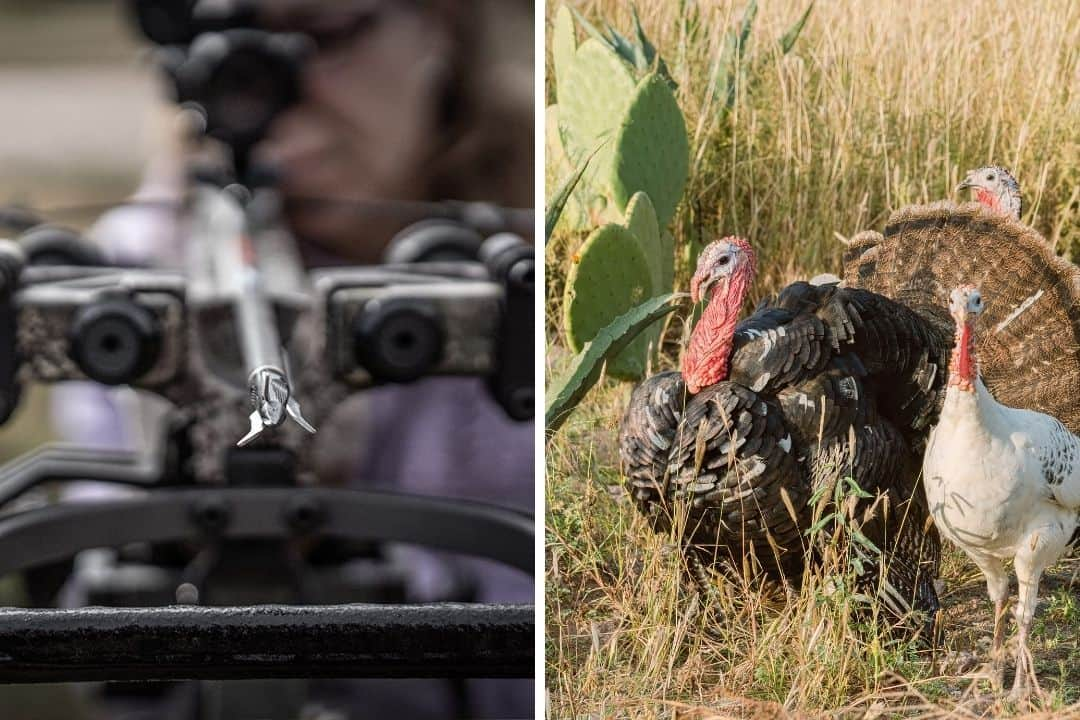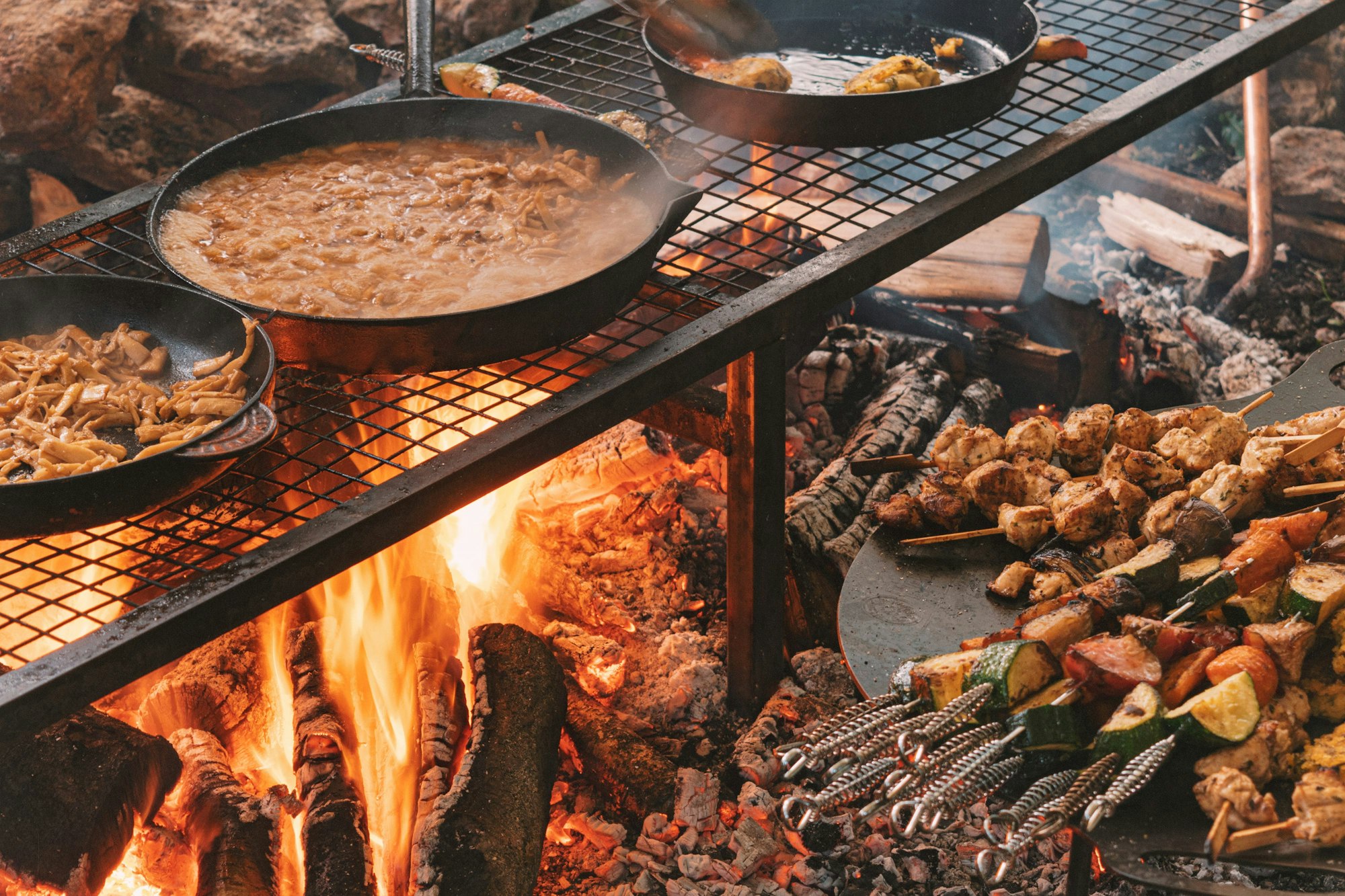Gobble, Gobble, Oops! The Top Turkey Hunting Mistakes to Avoid
The turkey hunt is on, but are you making these critical mistakes? Don't miss out on your trophy bird - read our article to learn how to avoid these common errors.
Are you ready to bag that big gobbler this turkey hunting season?
Before you hit the woods, let's talk about the common mistakes turkey hunters make that can ruin your chances of success. From scouting mishaps to equipment blunders, we've got you covered.
In this article, we'll show you how to avoid these top turkey hunting mistakes and increase your chances of bringing home a trophy bird.
So grab your gear, dust off your camo, and get ready to learn the do's and don'ts of turkey hunting. Because when it comes to hunting these elusive birds, it's all about avoiding the oops and landing the gobbles.
Pre-hunt mistakes
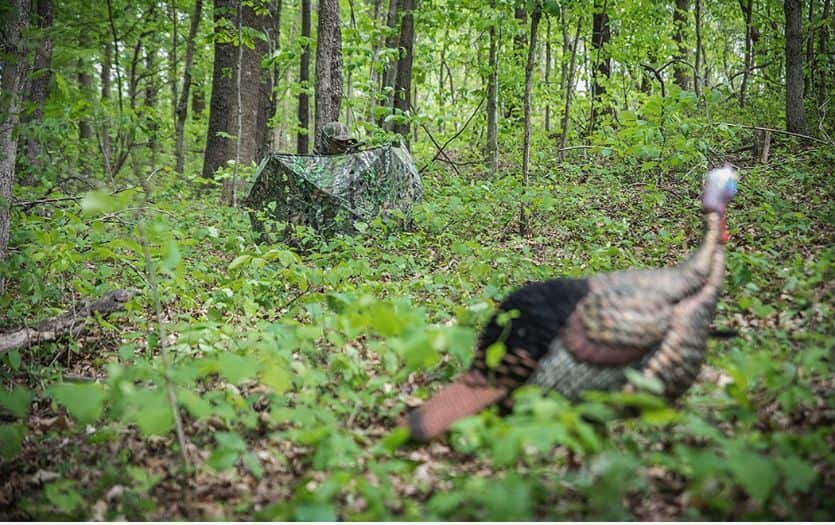
Getting ready for turkey hunting is just as important as the hunt itself. You can't expect to come out with a successful hunt if you haven't put in the work beforehand. Here are the top pre-hunt mistakes to avoid.
Not scouting the area properly
Scouting the turkey woods is essential for any successful hunt and locate the perfect turkey hunting spots. It helps you understand the turkey's behavior and the area they inhabit. Here are some points to consider for effective scouting:
Importance of scouting
Scouting helps you learn the landscape, identify potential obstacles, and pinpoint where the wild turkey population is located. Without scouting, you're just going in blind, and your chances of success are slim. It also allows you to determine if the area is suitable for hunting and if there are any legal hunting restrictions.
When and where to scout
It's best to start scouting a few weeks before the season opens. Look for turkey signs, such as feathers, droppings, and tracks. Use binoculars to scan the terrain and look for roosting spots, feeding areas, and watering holes.
How to scout effectively
Scouting requires a bit of strategy. It's best to scout early in the morning or late in the evening when the turkeys are most active. Wear camouflage, move slowly and quietly, and be patient. Don't disturb the turkeys or their habitat, or you may scare them away.
Check out our article on Turkey Hunting Tips to find some more valuable insights on scouting techniques.
Lack of preparation
Hunting requires physical and mental preparation, and you need to have the right gear and equipment. Here are some points to consider:
Physical preparation
Turkey hunting can be physically demanding, so it's essential to be in good shape. Especially if you are after a prized gobbler like a Merriam's Turkey, prepare well in advance to get in shape for a successful hunting expedition.
Cardiovascular exercise can improve your endurance, and strength training can help you carry your gear and equipment. Check out our article on Getting in Shape for Hunting, to find out more about your preparations
Mental preparation
Mental preparation is just as important as physical preparation. Hunting requires patience, focus, and resilience. Visualize your hunt, stay positive, and don't get discouraged if you don't get a turkey right away.
Preparing your gear and equipment
Make sure your gear and equipment are in good condition before the hunt. Check your shotgun for accuracy and make sure it's clean and oiled. Practice using your turkey calls, decoys, and blinds, and make sure you have the right clothing and accessories. Don't forget to pack essentials like water, snacks, and a first aid kit.
By avoiding these pre-hunt mistakes, you'll be well on your way to a successful turkey hunting season. Remember, preparation is the key to success.
Mistakes During the Hunt
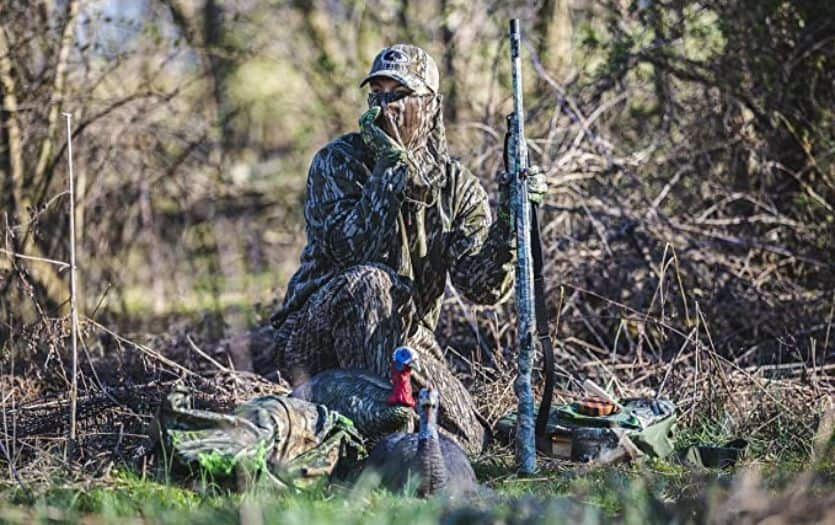
As much as you prepare before the hunt, the real test of your skills comes when you're out in the field. Making mistakes during the hunt can cost you the chance of a successful harvest. Here are some common mistakes to avoid:
Not Understanding Turkey Behavior
Turkeys have unique behavior that sets them apart from other game animals. Understanding their behavior is crucial for a successful hunt.
Learn about the turkey's natural habitat, food sources, breeding habits, and communication methods. Learning to read turkey signs and interpret turkey signs such as tracks, feathers, droppings, and scratch marks can give you valuable information about their movement and location.
Remember that turkeys can be unpredictable, and their behavior can change quickly. For instance, even if you use the sweetest hen call, weary gobblers might not call you back. Being able to adapt to these changes can make or break your hunt.
Using the Wrong Equipment
Using the wrong equipment can lead to missed opportunities or even worse, injuring the bird without harvesting it.
- Choosing the Right Weapon and Ammunition:
Make sure to use a weapon and ammunition that are appropriate for the size and range of the turkey you're hunting. If you are a rifle hunter, a 12 gauge or 20 gauge shotgun is the most popular, and don't forget to use a specialized turkey choke that will give you the tightest choke pattern for ethical kills.
If you are a bowhunter be sure to use the right arrow grain suited for your bow and a turkey broadhead to get a successful hit.
- Decoys and Calls:
Using decoys and turkey calls can help attract turkeys to your location, but knowing which ones to use and when is crucial. Select the right decoy setup, a combination of a young tom with a hen in a breeding position nearby is the most effective setup preferred by hunters.
It is also important to use the right call for the situation and practice properly to make your calls sound realistic. Some calls, like a mouth call, have a steep learning curve, so make sure to master the basic turkey sound before going out.
- Clothing and Accessories for Turkey Hunting:
It's important to wear the right clothes and accessories to blend in with your surroundings and stay comfortable during long hunts. Wearing camouflage clothing is essential and a turkey vest can be useful for carrying all your necessary gear.
It is also important to choose a pair of comfortable turkey hunting boot. A face mask or face paint will help you stay unseen, and a hat with netting prevents turkeys from seeing the movement of your head while you're moving.
Poor Positioning and Lack of Concealment
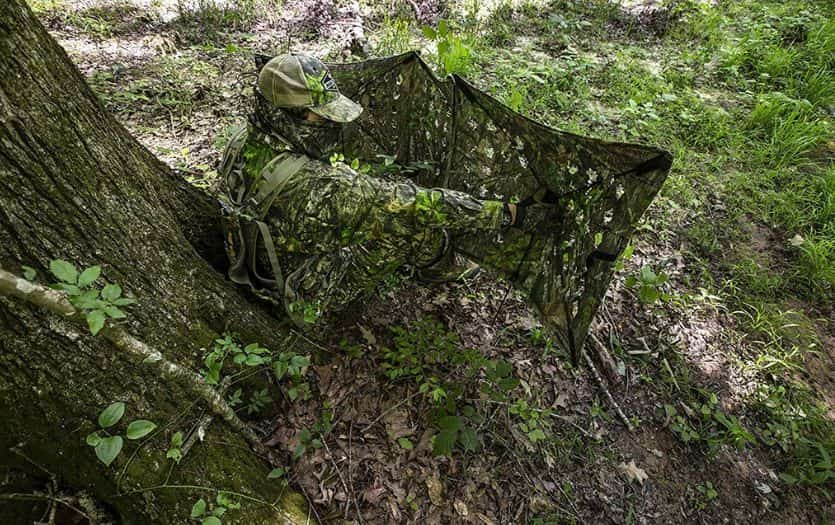
Turkeys have excellent eyesight and can easily spot movement. Proper positioning and concealment can mean the difference between a successful hunt and a failed one.
Understanding where to position yourself concerning the turkey's location can give you the best chance of a successful hunt. Learn how to position yourself for a clear shot and avoid detection and set up your turkey blind accordingly. Identifying the right location to set up your hunting spot can make or break your hunt.
Elevate your gun cleaning process now: Experience the Effectiveness of Ultrasonic Cleaners
Having a Backup Plan
Turkey hunting is an exciting and rewarding experience, but it can be easily derailed by making simple mistakes. It's important to anticipate any potential problems that may arise during your hunt and have a backup plan in place to ensure success.
From changing locations to switching up decoys or calls, having a backup plan allows you to make adjustments quickly when things don’t go as planned. Avoiding common turkey hunting mistakes will increase your chances of success and help you enjoy the full rewards of the hunt! It is also important to have a backup plan that can help you adjust to unforeseen circumstances such as bad weather.
By avoiding these common mistakes, you can increase your chances of a successful turkey hunt. Remember, hunting is a learning experience, and even the most experienced hunters make mistakes. The key is to learn from those mistakes and keep improving your skills.
Check out the video below to know the most important mistakes to avoid:
Discover the roadmap to a rewarding hunt with our insightful Hunting Plan
Post-Hunt Mistakes
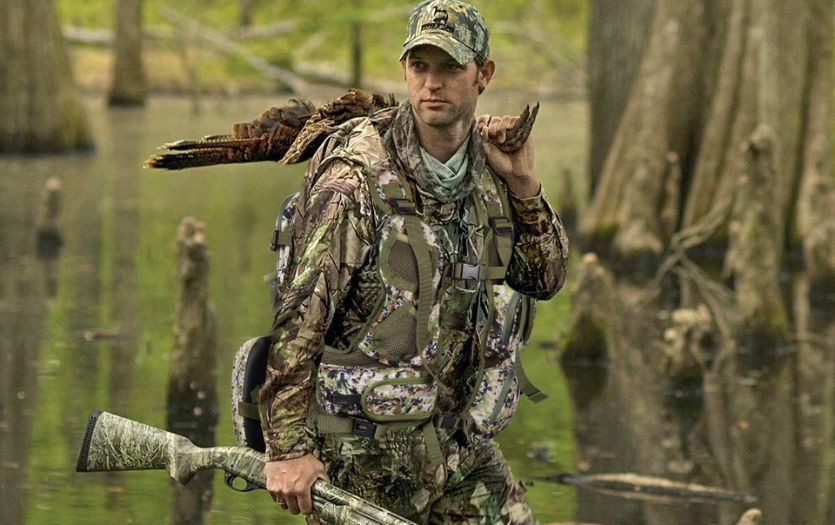
Congratulations, you've bagged a spring gobbler! But the hunt is far from over. What you do after the kill is as important as what you did leading up to it. In this section, we'll cover some common post-hunt mistakes and how to avoid them.
Not Handling the Turkey Properly
Once you've taken down your turkey, you need to properly field dress the hunted turkeys, store it, and transport it. Here's how:
Field Dressing Turkey
Field dressing is the process of removing the bird's internal organs to prevent spoilage and contamination. Here are the steps:
- After the hunted bird cools down, lay the turkey on its back and make a shallow incision using your hunting knife just below the breastbone.
- Pull up on the tip and make a shallow cut in the skin. Then cut carefully through the skin and feathers and remove them.
- Now remove the desired parts, mostly the juicy breast meat is the preferred choice of hunters, and be careful not to puncture the internal organs.
- You can break the socket where the legs are attached and remove the meat from the legs for making gravy dishes or even patties for burgers or sandwiches.
- Rinse the meat with cold water to remove any blood or debris.
Proper Storage and Transportation
To keep your turkey fresh, you need to store it properly. Here are some tips:
- Store the turkey in a cool, dry place, away from direct sunlight.
- If you're not going to cook it immediately, you can vacuum seal it and store it in the fridge or freezer.
- If you're transporting it, keep it in a cooler with ice or frozen gel packs.
Lack of Reflection and Improvement
Turkey hunting is a challenging sport, and it's important to recognize the mistakes you make so that you can learn and improve your skills. Self-reflection is key to becoming an experienced hunter - take a few moments after each hunt to think about what worked and what didn't.
Ask yourself questions like "What techniques did I use? What worked and what didn't? What did I learn?" Doing this will help you become a better hunter, as you can identify what is working and make changes where necessary. With practice and self-reflection, you'll be an expert turkey hunter in no time!
Setting Goals for Next Season
Based on your reflection, set some goals for next season. For example, if you struggled with positioning this year, make it a goal to improve your positioning for next year.
By avoiding these post-hunt mistakes and reflecting on your experiences, you'll become a better turkey hunter year after year.
Final Thoughts
Turkey hunting can be an exhilarating and rewarding experience, but it takes more than just luck to be successful. Avoiding these common mistakes can make all the difference in your hunt, whether you're a seasoned veteran or a beginner.
No matter if you are hunting on private land or public land, remember to properly scout the hunting area, prepare yourself physically and mentally, and understand turkey behavior to increase your chances of success. Don't forget to handle the turkey properly after the hunt, and always reflect on your experiences to improve your skills for next season.
Make sure to check out our articles on the best turkey hunting gear that will enhance your hunting experience and increase your chances of success.
So get out there, stay safe, and happy hunting!
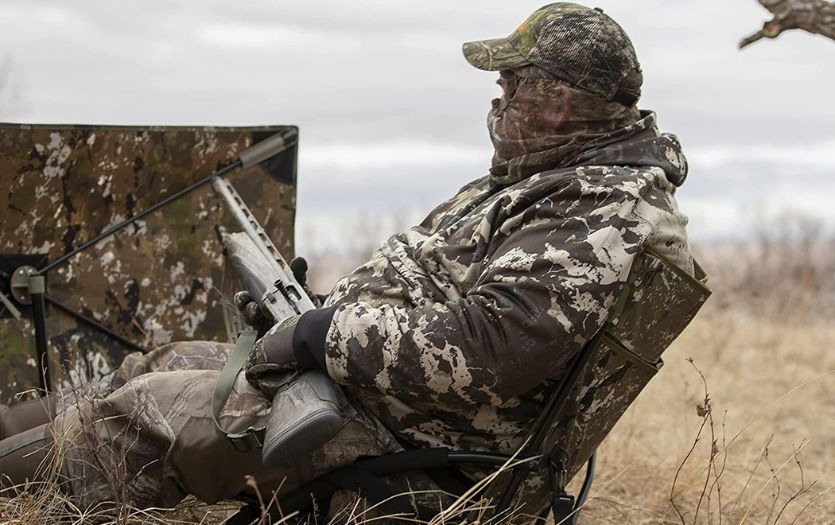
Also, check out some of our other articles:

